Disc Golf has gained considerable popularity in recent years, attracting players and enthusiasts worldwide. As a good alternative to traditional golf, this sport offers fun, exercise, and challenges to players of all skill levels.
Despite its accessibility and appeal, an obvious question arises when considering taking up Disc Golf: Why is it so expensive?
While it may seem like a simple game that only requires a frisbee and an open space, several elements can add up to make it a more expensive endeavor than one might initially expect.
Here are the various factors contributing to the high costs associated with Disc Golf equipment and participation, as well as potential ways to mitigate these expenses.
Reasons Why Disc Golf is Expensive
1. High-Quality Materials
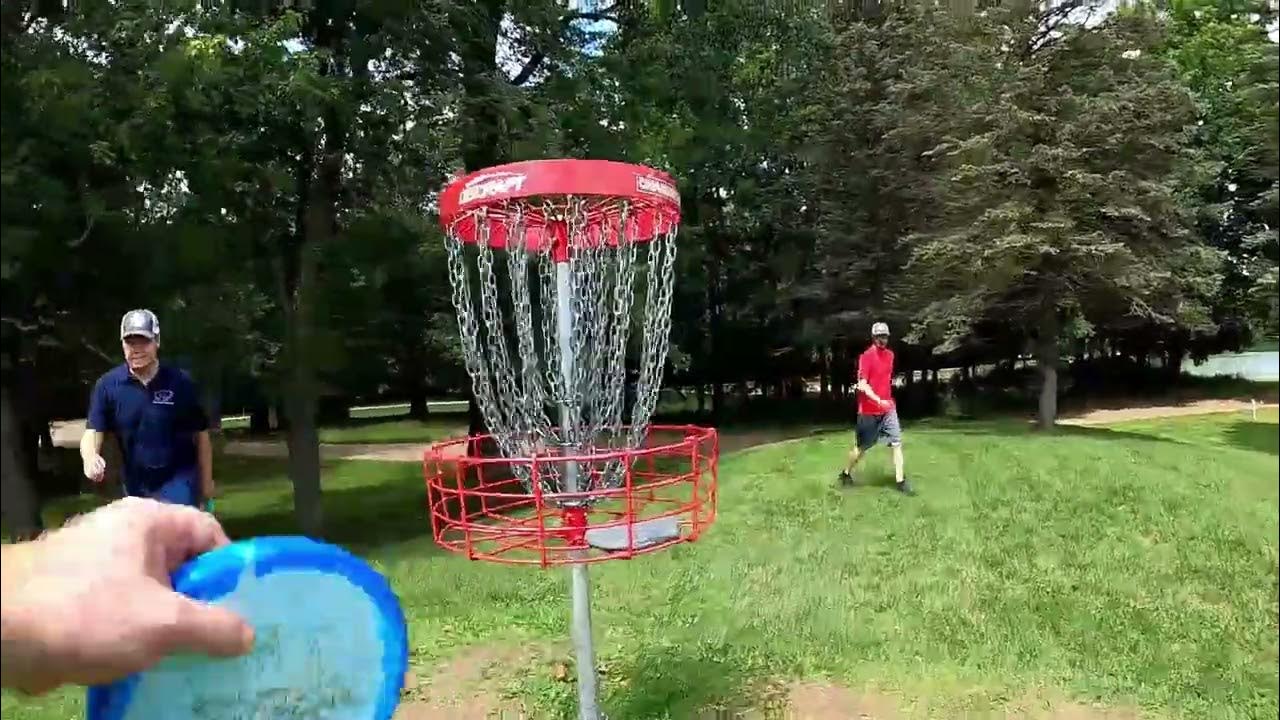
One factor contributing to the expensive nature of disc golf is the use of high-quality materials in disc manufacturing. Professional-grade discs are made from durable plastic blends with superior flight characteristics and can endure heavy use without significant wear and tear. These materials can be costly to produce, which is reflected in the price tag of discs.
However, there are ways to mitigate these expenses. One option is to purchase used discs. Many disc golfers sell their slightly used discs at a lower price, allowing newcomers to get high-quality discs at a more affordable cost. Additionally, some disc manufacturers offer lower-priced lines of discs that are still made from durable materials but may have slightly less advanced flight characteristics.
2. Disc Molds and Production Costs
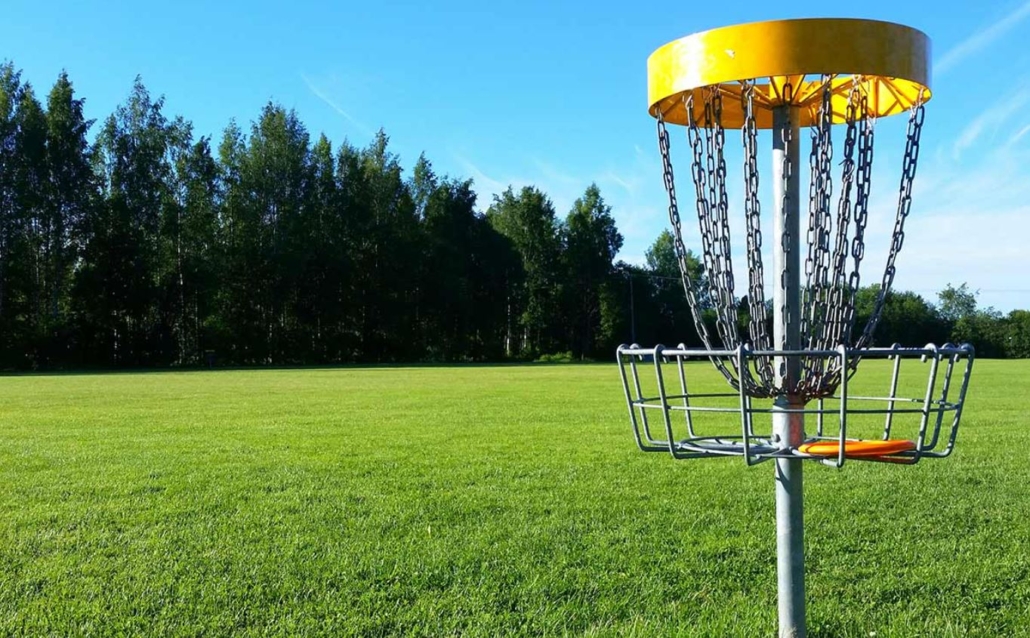
Each disc type (driver, midrange, or putter) requires a unique mold for production. This process involves creating a detailed design to achieve desired flight characteristics and then manufacturing a physical mold for injection molding. Companies like 3ERP injection molding services specialize in providing high-precision molds, ensuring the quality and consistency essential for professional-grade discs. The creation of these molds can also be pricey, as they demand precision engineering, resulting in increased production costs that are passed on to consumers.
However, some manufacturers may opt for less advanced flight characteristics to reduce production costs. These discs may still perform well for recreational players or beginners, but they may not offer the same level of control or distance as discs with more advanced flight characteristics.
Additionally, the cost of creating and maintaining multiple molds for different types of discs can add up, further increasing the overall production costs of these discs.
3. Extensive Disc Selection
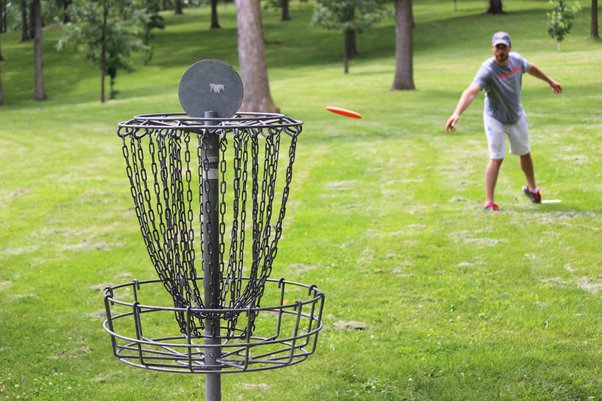
The disc golf market offers players an extensive selection of discs with varying weights, plastic types, and designs to cater to individual preferences. This variety makes manufacturers produce numerous molds and plastic blends to satisfy demand, increasing production costs. These production costs are then passed on to consumers, resulting in higher prices for the discs.
Furthermore, the need for extensive disc selection also requires manufacturers to invest in research and development to innovate and create new molds and designs constantly. This constant need for innovation adds another layer of expense to the production process, further driving up the overall costs. Ultimately, the extensive disc selection on the market comes at a price for both manufacturers and consumers.
4. Course Maintenance and Fees
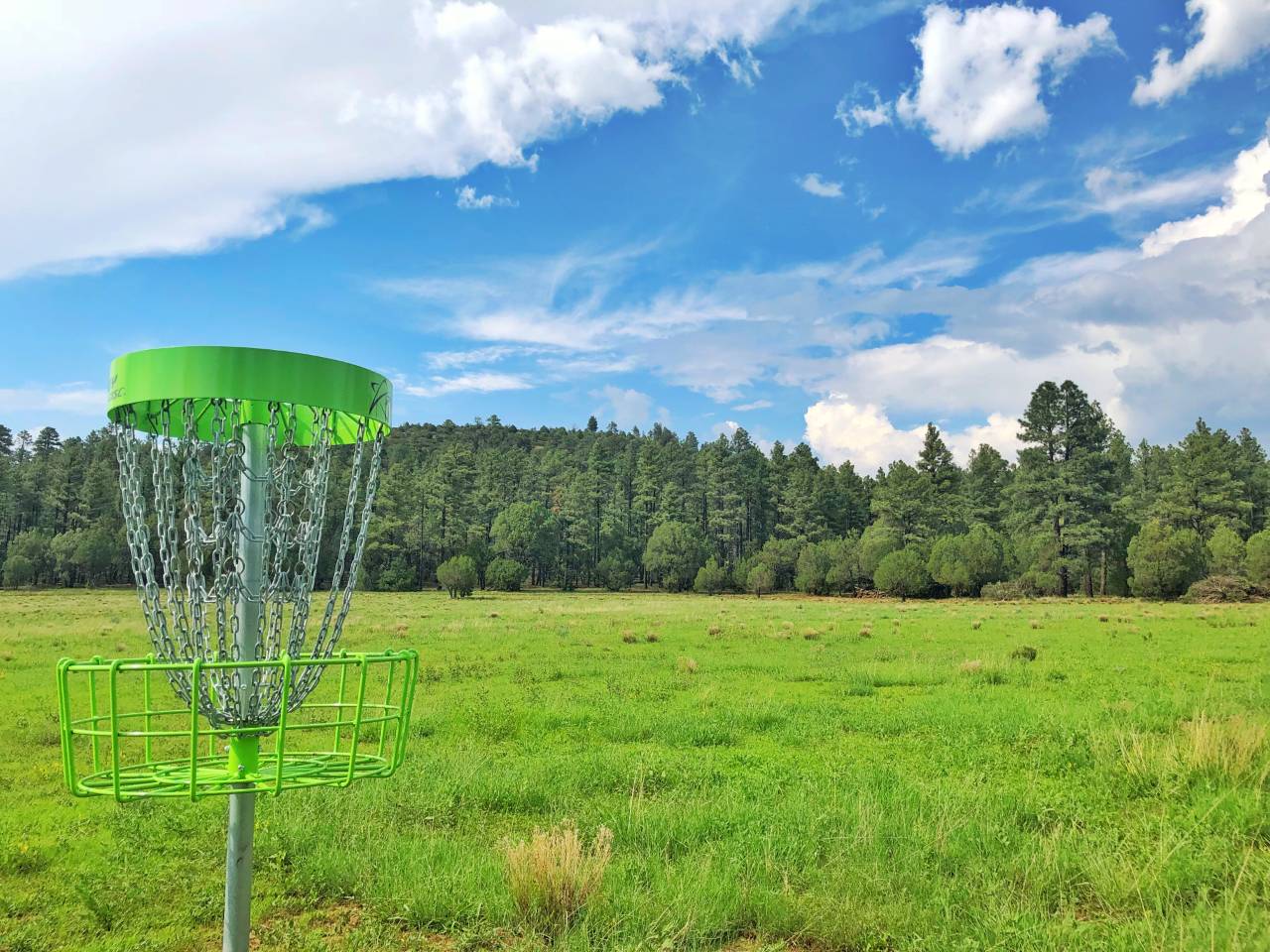
While many disc golf courses are free to use, some courses charge fees for upkeep and maintenance. These fees contribute to overall expenses when playing the sport regularly. Additionally, maintaining a disc golf course requires regular mowing, trimming, and clearing of debris, which can be costly. The fees collected from players help cover these expenses and ensure that the course remains in good condition.
Moreover, the fees also support the installation and upkeep of amenities such as tee pads, signage, and baskets, enhancing the overall playing experience. Therefore, while disc golf can be an affordable recreational activity, the expenses associated with course maintenance and fees should be considered.
Potential Solutions to Reduce the Expenses
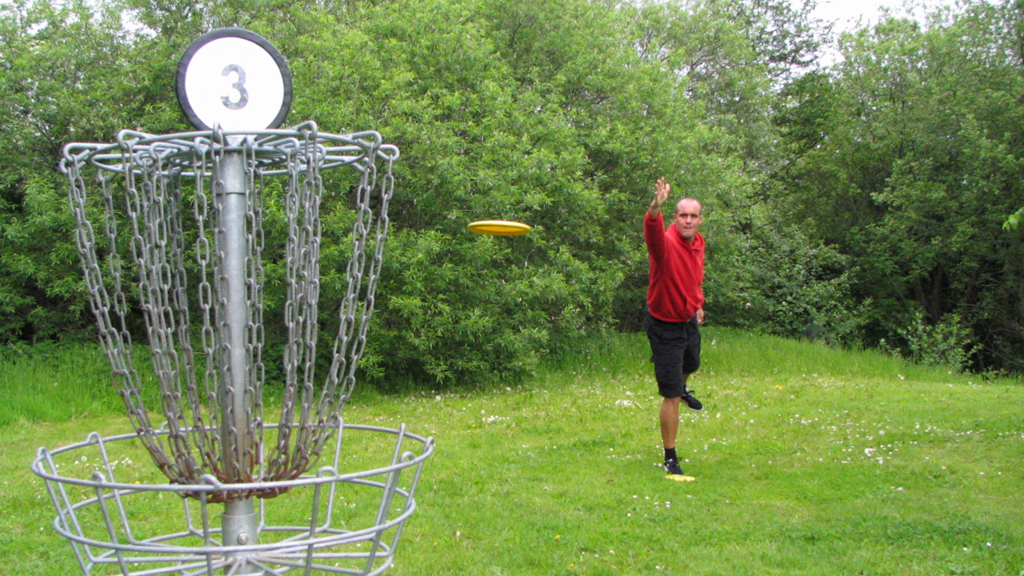
Despite these challenges, there are ways players can reduce their expenses associated with disc golf:
- Buy Used or Second-Hand Discs: Opting for gently used discs instead of brand-new ones can save a significant amount of money. Online marketplaces, local disc shops, and even fellow disc golfers are great sources for second-hand discs.
- Opt for Cheaper Plastic: Less expensive plastic types without sacrificing performance may be available from various manufacturers and are perfect for beginners looking to save money.
- Share Cost with Friends: Splitting the cost of disc sets or accessories among friends can further reduce expenses.
- Seek Out Free Courses: Playing at free, public disc golf courses is an excellent way to avoid spending on course fees.
- Look for Local Disc Golf Clubs: Joining a local disc golf club can provide access to discounted rates for courses and equipment, as well as opportunities to participate in group buys or trades.
- Consider buying used discs: Many disc golfers sell or trade their used discs, which can be more affordable than buying new ones.
Check out this blog if you are interested in disc golf video games, where you can hone your skills and become a professional in no time!
Conclusion
In conclusion, multiple factors contribute to the seemingly high cost of Disc Golf. From specialized disc designs and materials to course maintenance and development expenses, these elements create barriers to entry for some prospective players.
However, it’s essential to consider the long-term benefits of investing in quality equipment and courses for a more enjoyable experience in this growing sport. As the Disc Golf community expands, one can hope that increased demand will lead to more affordable options for players.
Embrace the challenge and join in on this exciting outdoor adventure!

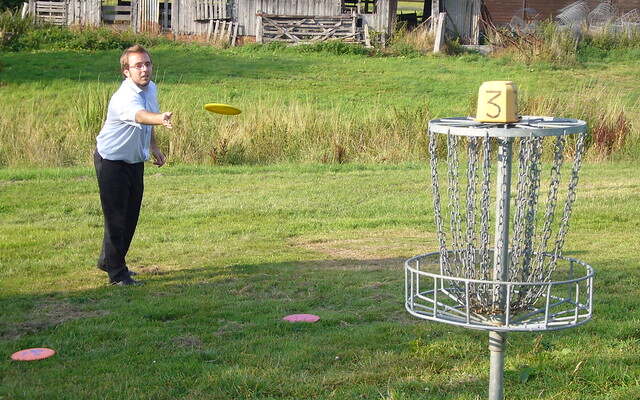





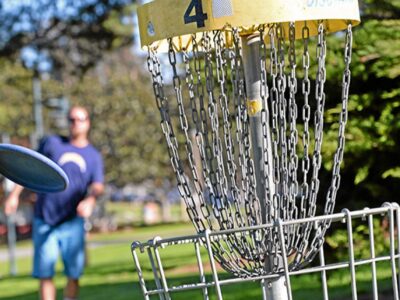



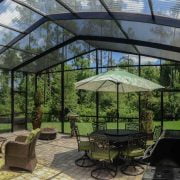


Comments